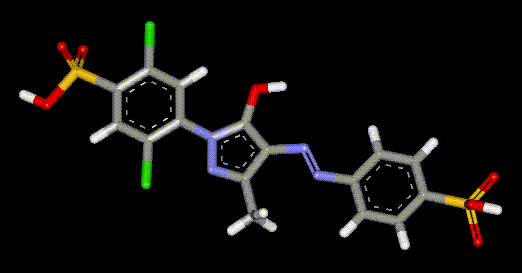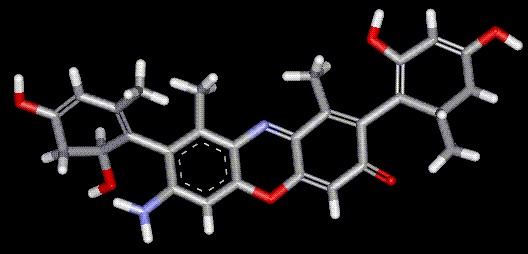Assalamualaikum..Salam sejahtera buat semua sahabat bloggers dan pengunjung setia blog ummu uwais handzolah. Di sini ingin saya kongsikan info beberapa web yg perlu kita lawati dan baca isinya. Info penting untuk kita sebagai ummat Islam...Sentiasa sensitif dan berhati-hati dengan makanan yg kita ambil dan makan. Bukan saja dari sumbernya, dari duit yg kita guna bahkan siapa kah yang menyediakan makanan untuk kita?? ISLAM atau KAFIR?
Sesungguhnya "kita adalah apa yang kita makan"
Allah swt berfirman di dalam surah Al-Baqarah. Ayat:172
.يأيها الذين ءامنوا كلوا من طيبت ما رزقنكم واشكروا لله ان كنتم اياه تعبدون
Mafhumnya:
" Hai orang-orang yang beriman, makanlah diantara rezeki yang baik-baik yang kami berikan kepadamu dan bersyukurlah kepada Allah, jika benar-benar hanya kepada Allah kamu menyembah".
 Surah al-baqarah:ayat 173
Surah al-baqarah:ayat 173
ِّْْانما حرم عليكم الميتة والدم ولحم الخنزير وما احل به لغير اللهMafhumnya:
" Sesungguhnya Allah hanya mengharamkan bagimu bangkai, darah, daging babi, dan binatang yang (ketika disembelih) disebutkan (nama) selain Allah.
Dimalaysia penyediaan makanan yang terdapat dipasaran adalah- 95% bukan Islam
hanya 5% milik bumiputra ISLAM..FIKIR2 kan lah sahabat..Kini kita telah ada inisiatif makanan halalan toyyiba bersama perjuangan HPA , herba penawar al-wahida. Sertai lah perjuangan mulia ini. InsyaAllah kita akan beroleh kemenangan dan ketenangan.
Kita ingin melihat kemenangan ISLAM tapi adalah lebih mulia jika kita adalah sebahagian dari tangan-tangan yang memenangkan ISLAM! Allahuakbar!

Web- web yang perlu anda layari dan baca:
http://www.muslimconsumer.blogspot.com
http://www.inminds.com
http://www.foodasfood.com
http://halalguide.org
 "Inilah Jalan Kami...Bersama memperjuangkan ekonomi Islam seiring pembinaan sebuah kerajaan Islam..".
"Inilah Jalan Kami...Bersama memperjuangkan ekonomi Islam seiring pembinaan sebuah kerajaan Islam..".






















































